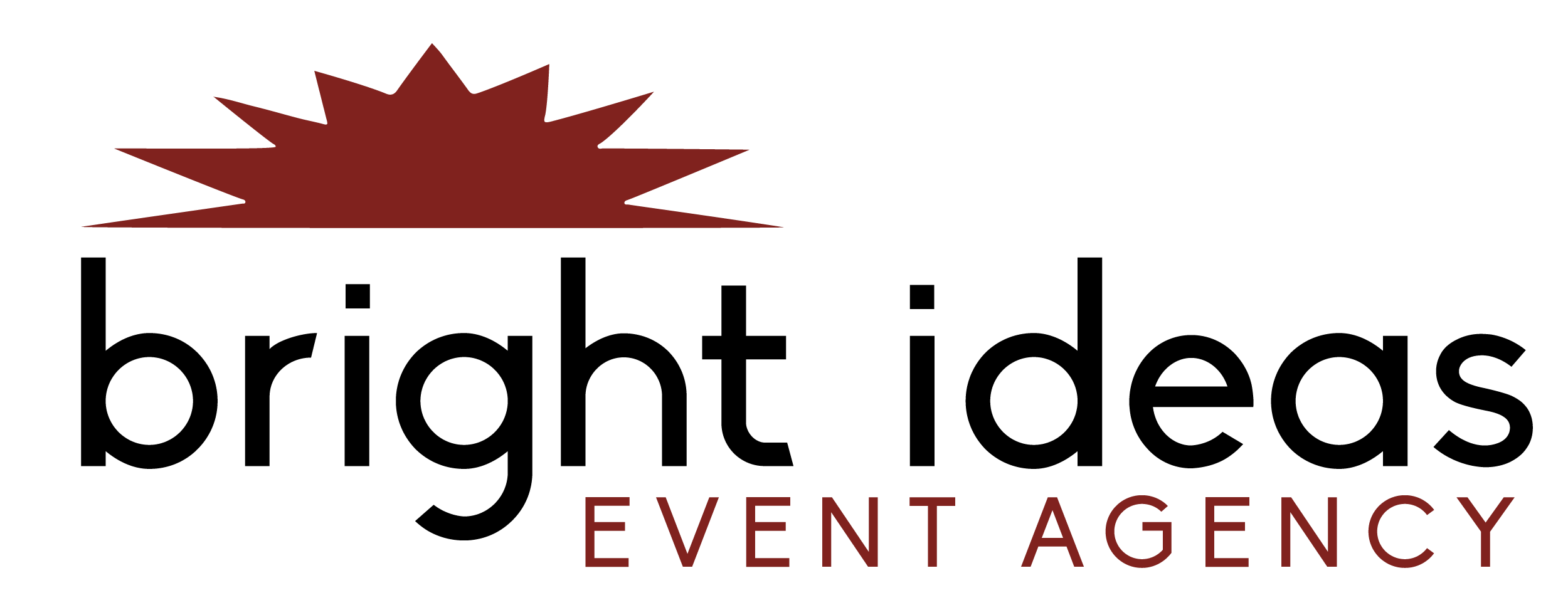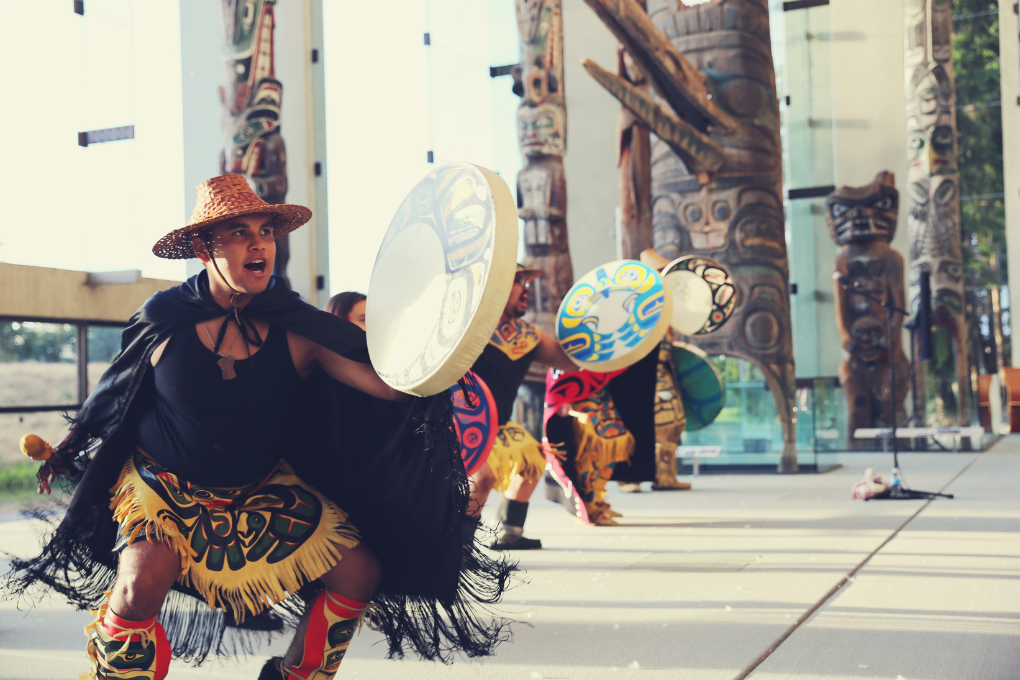Creating safe and inclusive event environments for marginalized communities is a vital aspect of responsible event planning. As event consultants, we ensure everyone feels welcome, respected, and represented in our events. In this blog post, we will explore the importance of creating safe and inclusive spaces, as well as provide actionable tips to help event organizers achieve this goal.
1. Understand the Needs of Marginalized Communities
It is essential to understand the specific needs and concerns of marginalized communities. Take the time to educate yourself and your team about the challenges different marginalized groups face, such as people of colour, LGBTQ+ individuals, people with disabilities, and others. This knowledge will enable you to address these needs and concerns proactively.
2. Diversify Your Event Team
Having a diverse event team that reflects the attendees you want to attract is crucial. A diverse group brings different perspectives and experiences to the table, enabling you to plan events that are more inclusive and sensitive to the needs of marginalized communities. Actively seek out diverse voices and perspectives when assembling your event team.
3. Prioritize Event Accessibility
Accessibility should be a top priority when planning events. Ensure that your venue is accessible to individuals with disabilities, with features such as ramps, elevators, and accessible restrooms. Provide alternative formats for event materials, such as braille or large-print versions. Additionally, consider offering sign language interpreters and assistive listening devices for attendees who are deaf or hard of hearing.
4. Implement Inclusive Event Policies and Practices
Establish inclusive policies and practices that foster a safe and welcoming environment for all attendees. This includes implementing a zero-tolerance policy for discrimination, harassment, or hate speech. Train your staff on inclusivity and diversity awareness to ensure they can handle any potential issues.
5. Incorporate Inclusive and Diverse Representation
Representation matters. Make a conscious effort to include diverse voices and perspectives in your event programming, such as speakers, panellists, and performers. This not only ensures that marginalized communities feel welcomed but also enriches the overall event experience for all attendees.
6. Foster Community Partnerships in your Event
Partner with local organizations and community groups that serve marginalized communities. Collaborate with them to develop content, promote your event, and provide support and resources. These partnerships can help you better understand the needs and interests of marginalized communities and ensure that your event is relevant and meaningful to them.
7. Seek Event Feedback and Listen
Create avenues for attendees to provide feedback and actively listen to their input. Conduct post-event surveys or feedback sessions to gather insights on improving your event’s inclusivity. Act on the feedback received and make adjustments as necessary to continually enhance the experience for marginalized communities.
In conclusion, creating safe and inclusive event environments for marginalized communities requires intentional effort and a commitment to diversity and inclusivity. By understanding the needs of marginalized communities, diversifying your event team, prioritizing accessibility, implementing inclusive policies and practices, incorporating diverse representation, fostering community partnerships, and seeking feedback, you can create events that celebrate diversity, promote inclusivity, and provide a positive experience for all attendees. Let’s make our events spaces where everyone feels seen, heard, and valued.
Resources:
1. “Inclusive Event Planning: A Step-by-Step Guide” by Eventbrite – This comprehensive guide provides insights on how to create inclusive events, including tips on diverse representation, accessibility, and fostering a welcoming atmosphere: https://www.eventbrite.com/blog/inclusive-event-planning-ds00/
2. “The Importance of Diversity and Inclusion in Event Planning” by Smart Meetings – This article explores the benefits of diversity and inclusion in event planning, highlighting the positive impact on attendee engagement and overall event success: https://www.smartmeetings.com/meeting-planning/120717/diversity-inclusion-event-planning
3. “Creating Inclusive Events: A Guide for Organizers” by Catalyst – This resource guides creating inclusive events that embrace diversity and foster a sense of belonging, with a focus on gender inclusion and beyond: https://www.catalyst.org/research/creating-inclusive-events-a-guide-for-organizers/
4. “Diversity and Inclusion: The Future of Successful Events” by Cvent – This article discusses the growing importance of diversity and inclusion in event planning, emphasizing the need for representative speakers, diverse marketing, and inclusive policies: https://www.cvent.com/en/blog/events/diversity-inclusion-future-successful-events
5. “Accessible Event Planning: Tips for Making Events More Inclusive” by AbilityNet – This resource provides practical tips on making events more accessible, including considerations for attendees with disabilities and creating inclusive event experiences: https://www.abilitynet.org.uk/news-blogs/accessible-event-planning-tips-making-events-more-inclusive
6. “Creating a Safe Space at Events for Marginalized Communities” by EventMB – This article explores the importance of creating safe spaces for marginalized communities at events and provides strategies for fostering inclusivity and addressing sensitive topics: https://www.eventmanagerblog.com/safe-space-events-marginalized-communities












